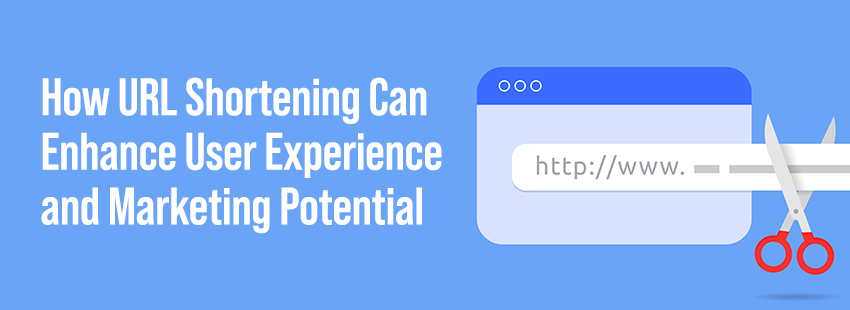5 Essential Tools for Measuring Digital Marketing Performance
Whenever you spend money, you want it to be worth it. That expensive dinner at the new restaurant downtown. That family vacation to the Caribbean. When you invest resources, you want to ensure it provides the desired results. Digital marketing is no different.
The return on investment (ROI) is important to businesses that run digital marketing campaigns. The ability to measure digital marketing performance is key to finding the ROI. In most cases, it can show how your money was spent and prove its efficacy. ROI for digital marketing performance depends on the campaign’s goal, sometimes known as the key performance indicator (KPI). The KPI can be anything from how many users visited your website to the number of people who viewed your ad.
Five essential tools to measure digital marketing performance are website traffic, search rankings, social media analytics, email marketing analytics, and lead generation.
Website traffic. Utilizing your website analytics is key to understanding your marketing performance. One of the tactics for your campaign should be driving potential customers to your website. Once the user is on your page, you can use programs like Google Analytics to understand their journey. You will see how long a customer spends on a page, conversions, bounce rate, and you can even learn more about the user.
Search rankings. If you use search engine optimization (SEO) as a tool in your digital marketing campaign, understanding your search rankings can help you measure performance. The search ranking is where your URL lands on the results page of a search engine. The higher your ranking, the more likely a potential customer will visit your site. Then your website analytics should take over, and visitors will increase.
Social media analytics. If you are running a digital marketing campaign, social media should be involved. With 4.62 billion people using the platforms, it is a great way to reach your target audience. Whether you use Facebook, Instagram, Twitter, or TikTok, each major channel has analytics for organizations. They provide results for video views, link clickthrough rates, engagements, and more. You can even learn more about the people who engage with your content and, inevitably, your target audience. The ability to review your campaign results in real-time is an asset for your business. You can make changes, complete A/B testing, or stop a poorly performing campaign.
Email marketing analytics. Like social media analytics, email marketing websites empower users to review analytics. When utilizing email marketing in your digital marketing campaign, the goal is to inform your customers of sales or important information. Results include open rates, unsubscribe rates, clickthrough, conversions, and even list growth.
Lead generation. Lead generation as a tool for measuring performance is simple. The number of qualified leads, or interested customers, is directly related to the campaign’s success. To find the total cost of leads, you divide the amount of money in the campaign by the number of leads. For example, if you received three leads and spent $100.00, the cost per lead is $33.33. This formula also works to find the cost per link click, view, or other metrics to find the ROI.
With all the metrics listed above, it is possible to understand the performance of your digital marketing campaigns. Businesses need to understand how their valuable money is being spent and what they receive in return. Marketing budgets can easily be cut, especially if you cannot prove how the digital strategy directly correlates to the goal. Utilizing the five tools above is a great way to start.





